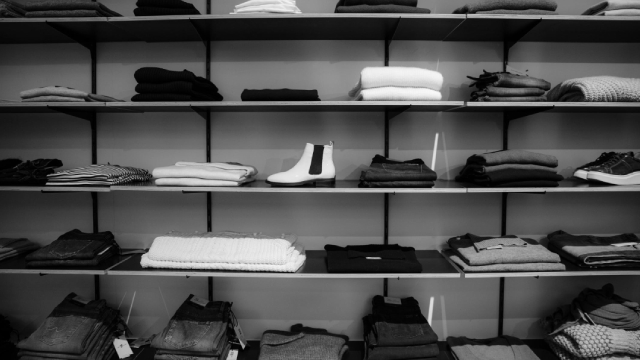H&M’s First-Quarter Sales Fall Short of Expectations: A Sluggish Start to the Year
On Thursday, the world’s second-largest clothing retailer, H&M, reported weaker than anticipated sales for the first quarter. This disappointing performance marks a sluggish start to the year for the Swedish fashion giant.
Financial Performance
H&M’s net sales for the first quarter totaled SEK 54.9 billion (approximately USD 6.1 billion), representing a 2% increase compared to the same period last year. However, analysts had projected a 3% growth, leading to this unexpected sales miss.
Impact on H&M
The weak first-quarter sales could potentially impact H&M’s full-year revenue and profitability targets. The company has announced plans to focus on improving its online presence and expanding its digital capabilities to counteract the decline in physical store sales. However, these initiatives often come with significant investments, which may put pressure on H&M’s short-term financial performance.
Consumer Perspective
From a consumer perspective, this news might not have a direct impact on individual shoppers. However, it could lead to potential changes in H&M’s pricing strategies or product offerings as the company looks to boost sales. Additionally, the retailer may focus more on promotional activities to attract customers.
Global Economic Context
The slow start to the year for H&M can be viewed within the broader context of the global economy. Economic uncertainty, particularly in Europe and the United States, has led to cautious spending among consumers. This trend, combined with increased competition from online retailers and fast fashion rivals, has put pressure on traditional brick-and-mortar retailers like H&M.
Ripple Effects
- Other fashion retailers, particularly those that are heavily reliant on physical stores, may experience similar challenges as H&M.
- Suppliers and manufacturers of clothing may face reduced demand and slower payment cycles, potentially impacting their financial stability.
- Investors in the retail sector may become more cautious, leading to decreased stock prices and reduced investment in retail companies.
Conclusion
H&M’s weaker than expected first-quarter sales represent a challenging start to the year for the Swedish clothing retailer. This disappointing performance can be attributed to a combination of factors, including economic uncertainty, increased competition, and the ongoing shift towards online shopping. As H&M looks to adapt to these challenges, consumers, investors, and industry players will closely monitor the retailer’s strategic moves and financial performance.





